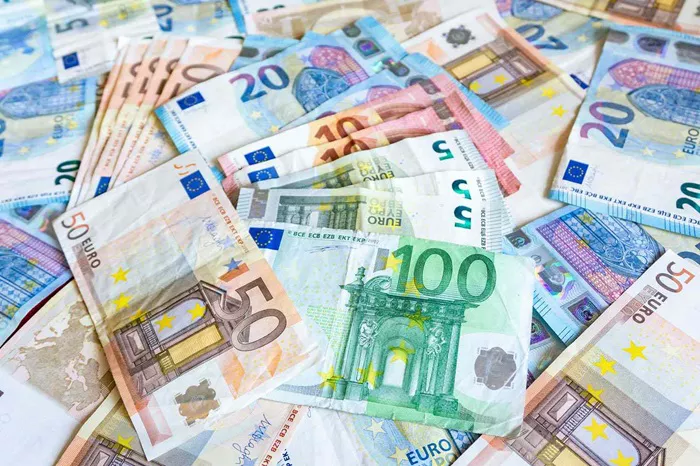The Indian rupee has continued its downward trajectory, plunging past 84 to the dollar and reaching a new record low this month. Geopolitical risks have driven up oil prices and prompted capital flight from local equities, with investors shifting their focus toward China. Barclays Plc cites record-high gold prices, a strengthening dollar, and heightened risk aversion as factors likely leading the Reserve Bank of India (RBI) to permit further depreciation of the rupee. The bank forecasts a gradual decline of the currency towards 84.40 per dollar, while QuantEco Research targets 84.50 and Kotak Mahindra Bank Ltd. anticipates a fall to 84.25.
“Global challenges, including geopolitical risks and a slower pace of monetary easing in the U.S. amid strong economic data, are expected to exert downward pressure on the rupee in the near term,” stated Upasna Bhardwaj, chief economist at Kotak in Mumbai. She highlighted that foreign portfolio outflows from India and other emerging markets reflect this uncertainty, as funds are redirected to China in anticipation of its economic recovery.
In October alone, global funds have withdrawn approximately $9.1 billion from Indian equities, citing expensive valuations and a pivot toward China. Additionally, even India’s index-eligible bonds, which had attracted around $2 billion in monthly inflows since their inclusion in global bond indices in June, experienced two consecutive weeks of outflows this month.
Earlier in October, the rupee reached a historic low of about 84.10 to a dollar and closed at 84.07 on Monday. Barclays strategists, led by Lemon Zhang, believe that the RBI allowed the rupee to fall below 84 due to a significant increase in the currency’s nominal effective exchange rate since late September.
Traders have noted that the RBI defended the 84 level for two months, relying on nearly $700 billion in foreign reserves. This firm control over the currency has deterred speculative attacks, making a sharp depreciation unlikely and helping the rupee remain one of the more stable currencies among emerging markets.
This approach has enabled the rupee to outperform its Asian counterparts during periods of dollar strength, while it has lagged when the dollar weakened.
“We’re not managing the exchange rate—the rupee is depreciating against the dollar, and we purchase dollars whenever opportunities arise,” stated Governor Shaktikanta Das during a Bloomberg event on Friday.
With higher U.S. yields expected ahead of next month’s elections and a potential slowdown in debt inflows, the rupee may face additional pressure, according to Elara Securities.
“We anticipate the rupee gradually entering a riskier zone compared to one or two quarters ago,” wrote Garima Kapoor, an economist at Elara, in a recent note. The firm has revised its rupee forecast for fiscal 2025 down to 83.5 from a previous estimate of 82.8, highlighting increased downside risks.
Related topics:


